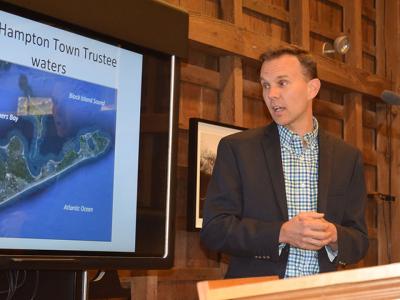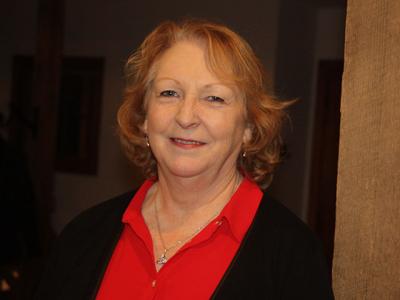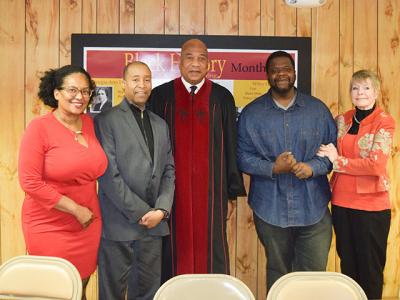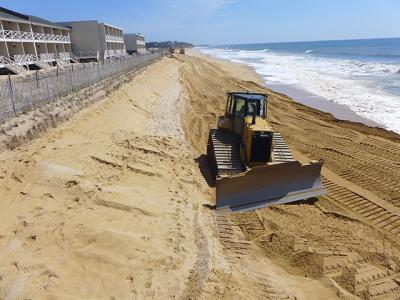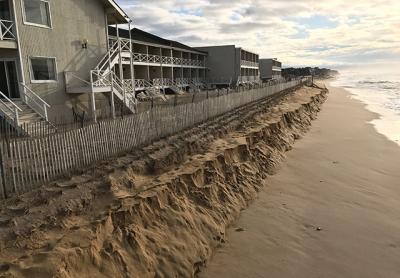Dems’ Feud Heads to Court
Dems’ Feud Heads to Court
Rona Klopman, a candidate for chairwoman of the East Hampton Democratic Committee, has filed a legal action against the committee to determine its “true current membership,” which she has charged has been manipulated by Jeanne Frankl, its present chairwoman.
The Article 78 action also demands that the election for the committee’s next leader, previously scheduled for next month but unlikely to occur until the matter has been resolved, be conducted on the basis of that true membership.
Ms. Klopman, who has been a member of the committee for a decade and chairs its community outreach committee, charges that Ms. Frankl has improperly revised the list of current committee members, established in 2016. She also alleges that Ms. Frankl has moved committee members from one election district to another without their consent, the implication being an effort to manipulate the election by giving greater weight to some committee members and less to others, based on the number of Democrats in each district who voted in the last gubernatorial election. Ms. Klopman also claims Ms. Frankl illegally terminated members from the committee.
In an affidavit accompanying the Article 78 challenge, Ms. Klopman states that two committee members, Jeanne Hutson and Arline Gideon, were moved from the election district they lawfully represented, having filed the requisite petition signatures to become elected members representing their respective districts. Further, she charged that Barbara Layton was improperly removed from the committee and presently has no district placement. Two other members, Walker Bragman and Tyler Armstrong, were permanently removed from the committee, the affidavit charges.
The Article 78 action also asserts that Ms. Frankl’s reshuffling of the committee “has resulted in confusion and ambiguity as to the true membership of the committee.”
Ms. Frankl’s attorney has until May 7 to answer the charges. She has repeatedly expressed her intention to resign from the leadership position, but rescinded a resignation in February. She told The Star earlier this month that she favors Cate Rogers, another candidate for chairwoman, over Ms. Klopman.
Ms. Klopman wrote a letter to The Star that is in this week’s issue. In it, she stated that she and other committee members “made many attempts to enter into a dialogue” with Ms. Frankl, “but were disregarded.” A letter from her attorney, Jonathan Wallace, was also ignored, she wrote.
Ms. Frankl said yesterday that the lawsuit was “a big surprise” and one that she has not had time to review. “We don’t think it has any merit,” she said. “It’s been referred to counsel.”

